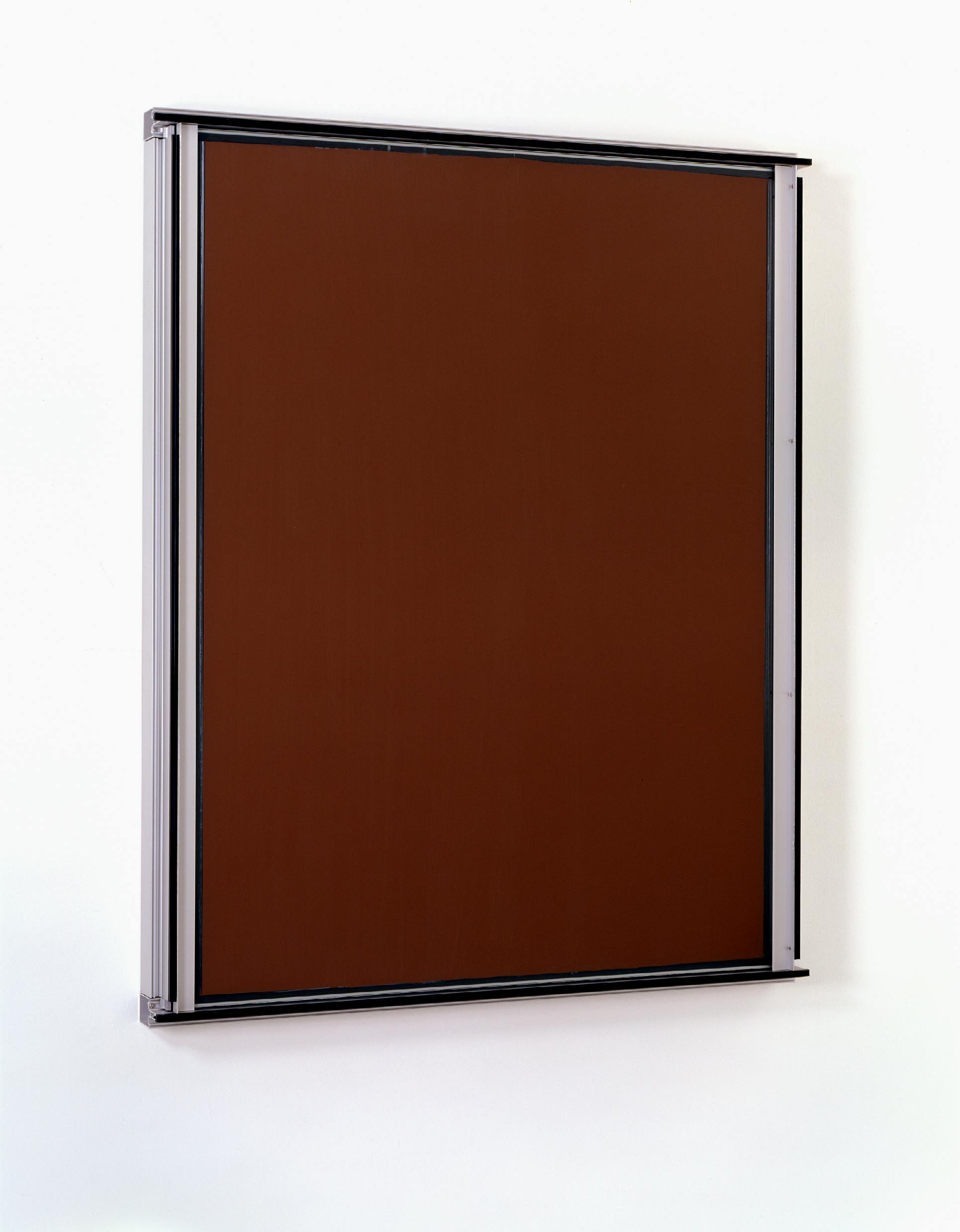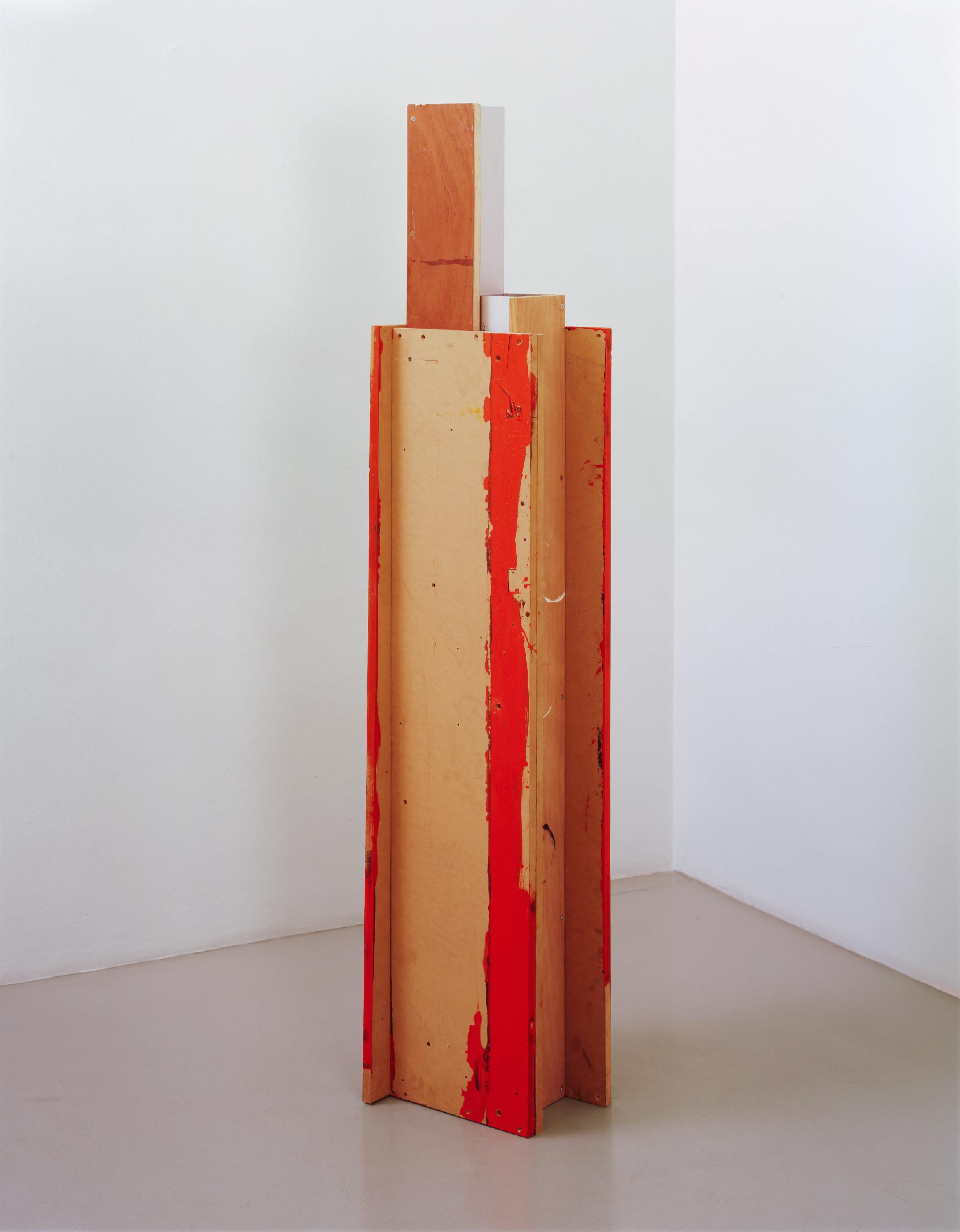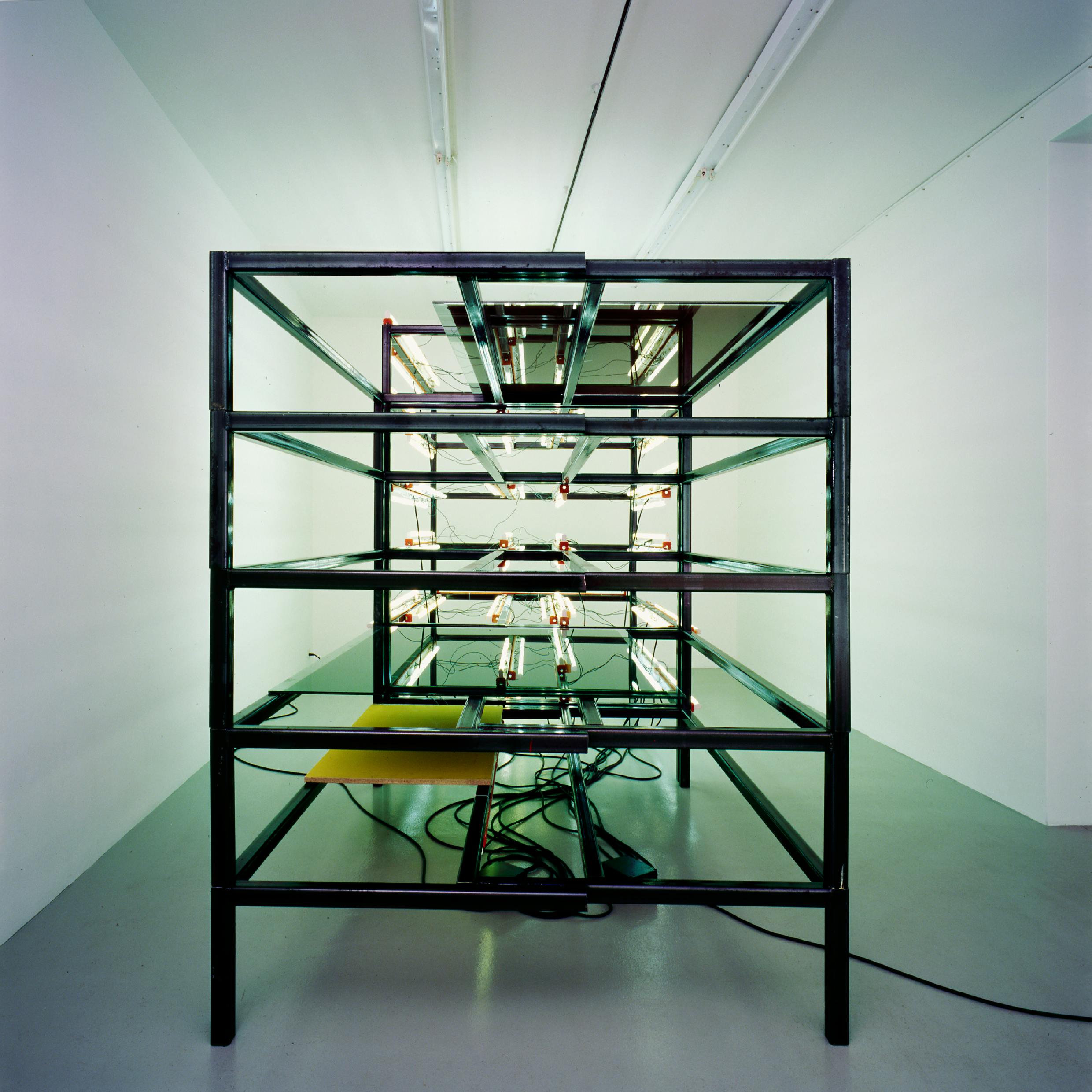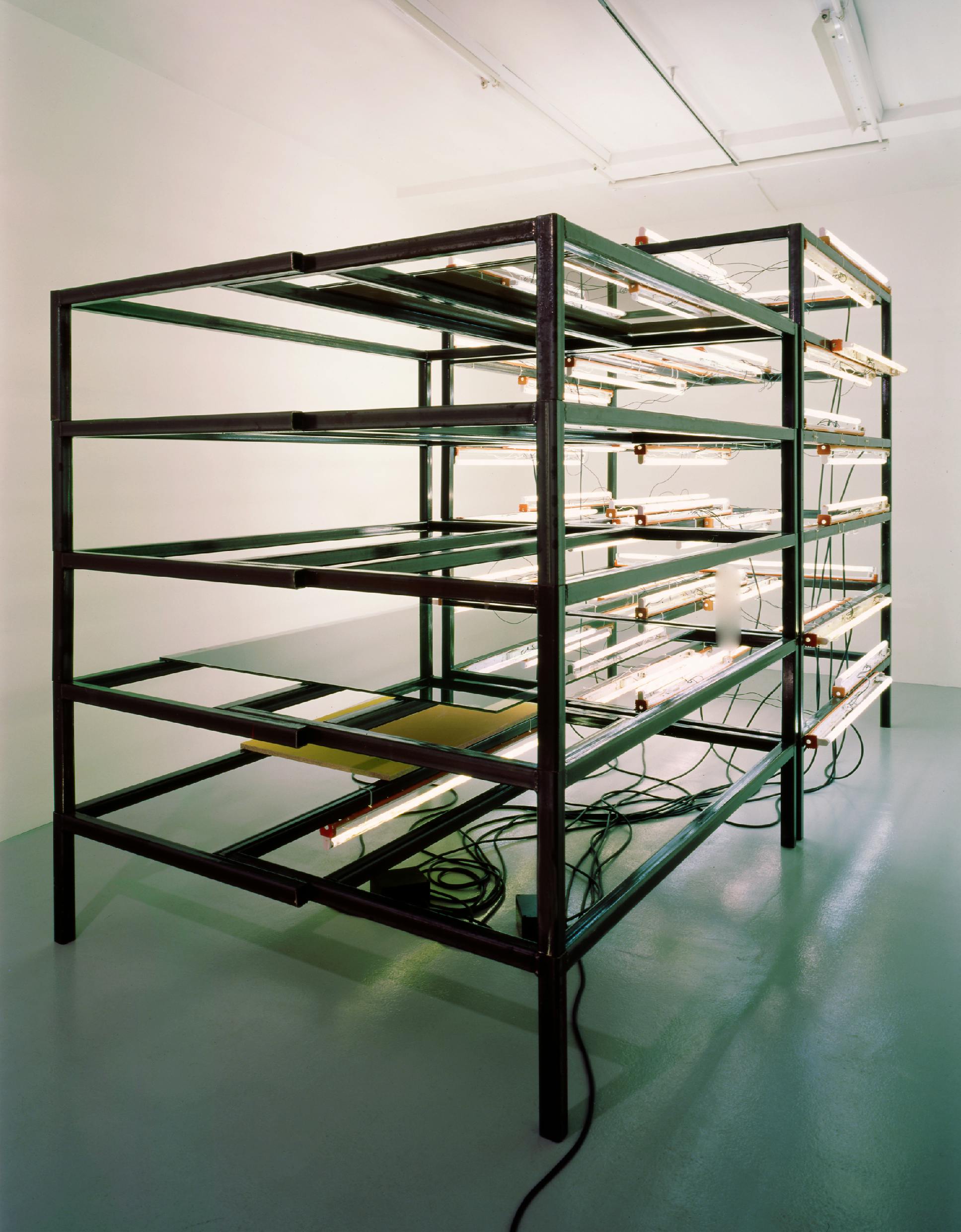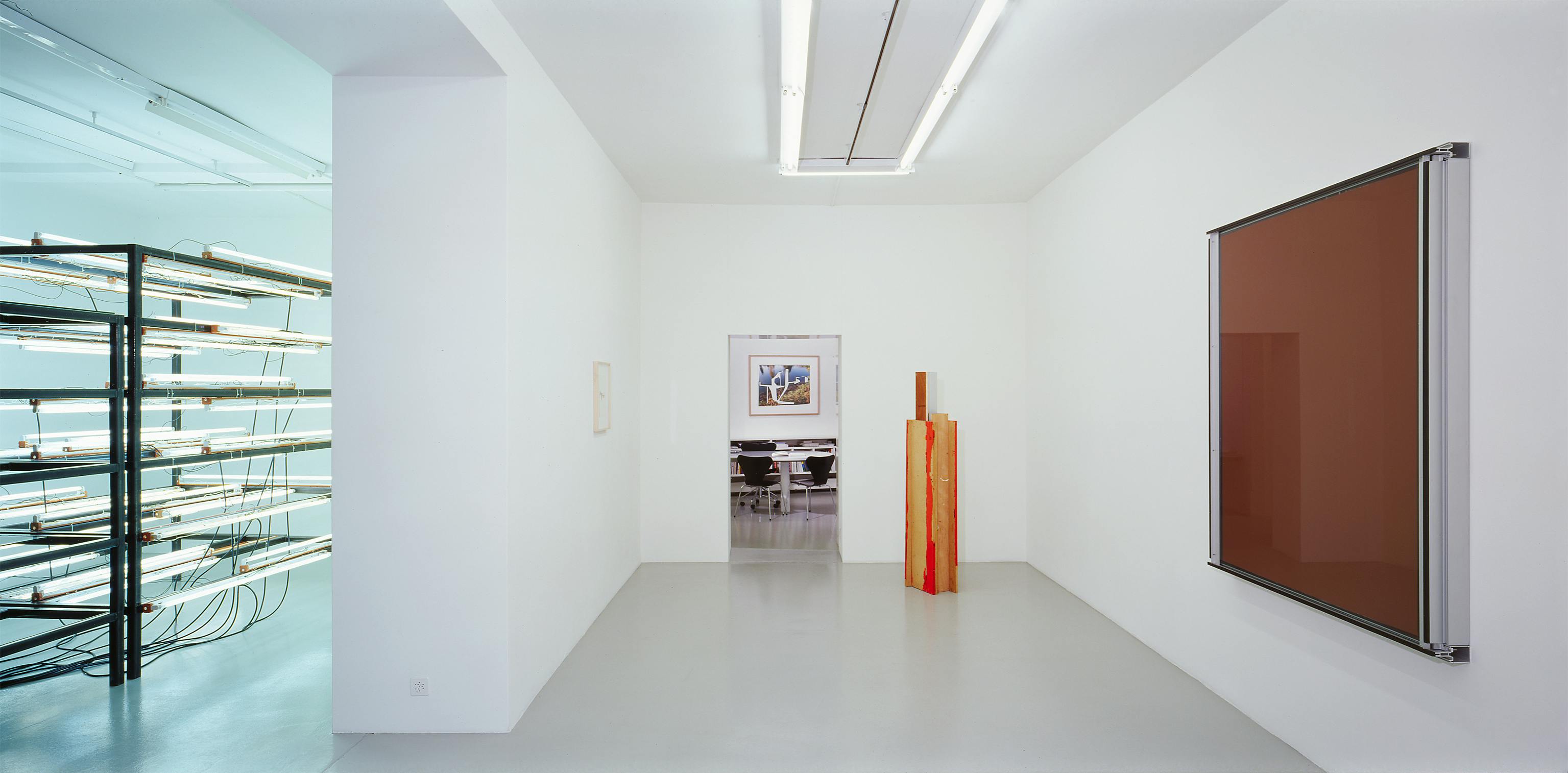Pedro Cabrita Reis, born in 1956 in Lisbon, is one of Portugal’s best known artists. Cabrita Reis has participated in many important international exhibitions: among others, his work was shown at Documenta IX in Kassel and at the 24th São Paulo Biennale, as well as in Aperto 1995. In 2003 he represented Portugal at the Venice Biennale. The artist lives and works in Lisbon.
Pedro Cabrita Reis’ complex oeuvre includes very disparate media, from the painted over pencil and pastel drawings, the large scale painting, via sculptural works to site specific installations that can reach architectural dimensions. At the same time the individual media flow into one another in Cabrita Reis’ work without losing their particular character. Sculptures become images; when hung on the window, paintings articulated as monochrome areas of colour can recall an archetypal element of architecture or develop sculptural qualities. And photographs that appear in the installations can open endless spaces of memory and reflection. If at all, ‘nature’ appears in his work in images such as these and then only in an extremely filtered way, as a space for thought. The loss of nature as a reference point could be described as a motivating force in Cabrita Reis’ work. Cabrita Reis sees architecture as taking its place, and understands this as a mental discipline or ‘exercise of reality’ by which we measure ourselves and the world. This demands a high measure of precision. He works precisely with the various sensual qualities of the often found and meagre materials he uses. Their colourfulness and their relationship to light have here a special function; with individual paintings over this is made additionally visible through the artist’s gestures. Cabrita Reis’ subtle aesthetic interventions call on the Aisthesis of the viewer whose perceptiveness is demanded in a special way. In general the pictorial quality and, in connection with this, the question concerning the conditions of visibility are a central subject of the artist. His architectural installations can also be understood as territorial occupations, exclusions and delimitations. Because of this, however, they also reflect on the possibilities of connection, of communication and of exchange and are the site where reality occurs. The invisible resonates in the visible as a quiet echo of memory. In this way the painful thorn is removed from the unattainable stranger: “The loss of nature is a wound, still, or forever to be closed. To be healed”, Petro Cabrita Reis once said in an interview with Adrian Searle, and continued: “Only artists can do it; in a manner, I suppose, very desperate.”





